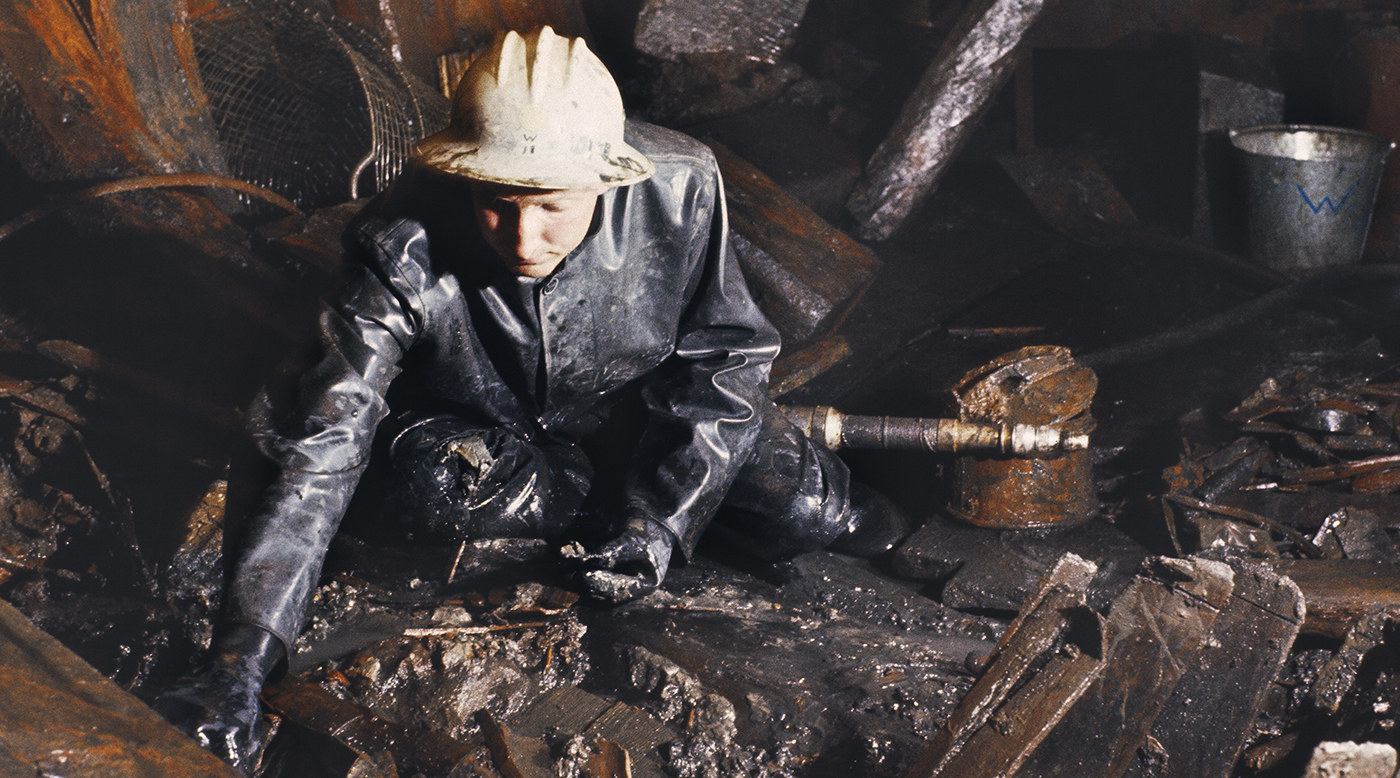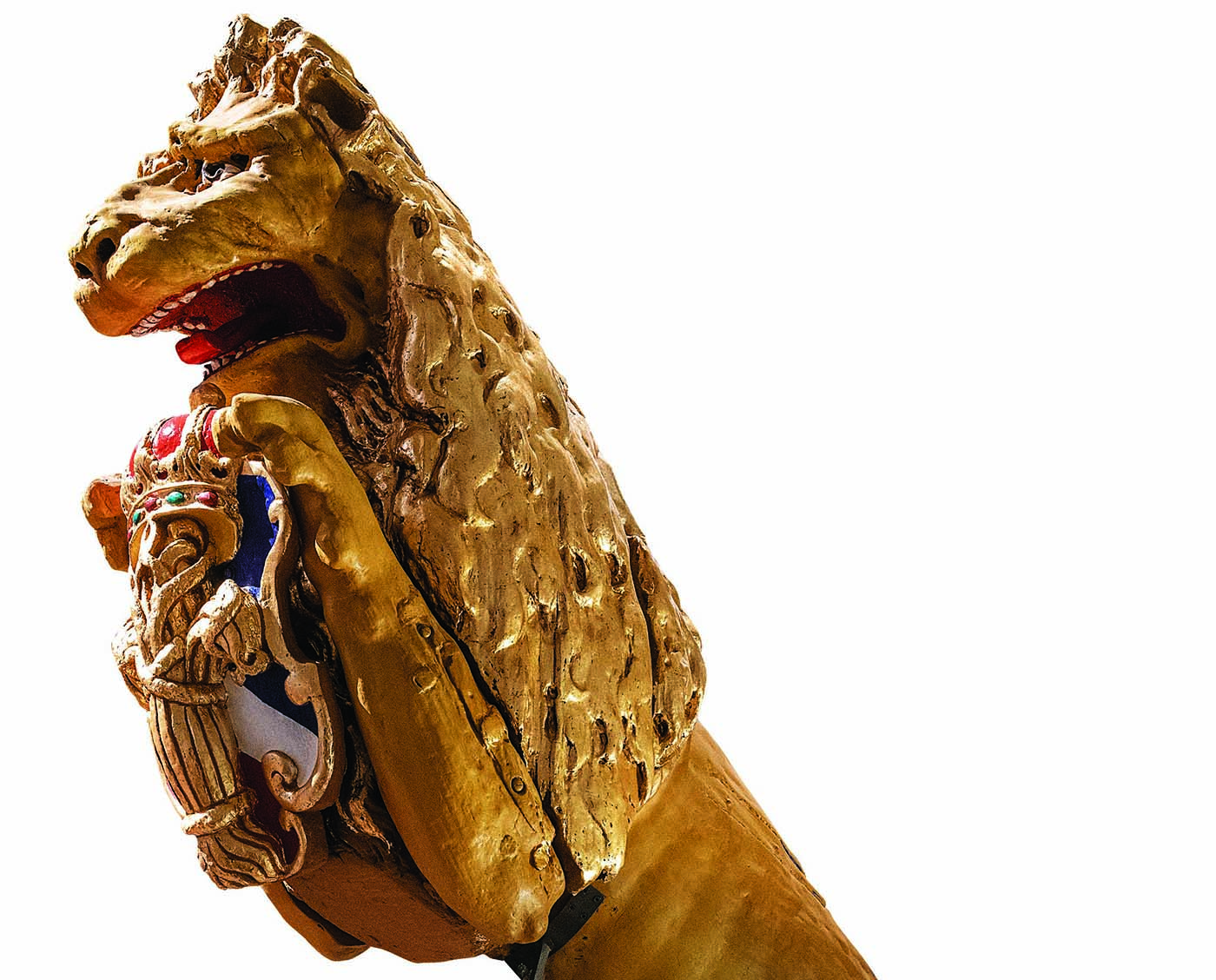The water where Vasa sank is cold, dark, low in oxygen and not salty enough for shipworms. So Vasa’s timbers survived well; during their 333 years on the seabed, only the outer few centimetres were attacked by bacteria.
When salvaged, the wood was exposed to oxygen and started to dry out. To prevent it from falling apart, Vasa was sprayed with a special wax called polyethylene glycol (PEG), which gradually replaces the water in the wood. It took 17 years of round-the-clock spraying until the ship could finally be allowed to start drying.
The ship lives in the Vasa Museum, which has a specialised climate-control system to cope with the moisture in the air, especially from lots of visitors on rainy days. Incredibly, over 98% of the original vessel survives, including masts and sails, so Vasa does not look like a wreck, but a ship ready for its maiden voyage, just as it looked in 1628.
In the harbour almost all the 5,000 iron fastenings holding Vasa together corroded, so they were replaced after it was raised in the 1960s. By 2011 these 50-year old bolts had also rusted. It took seven years to replace them all, but the new bolts were specially designed to resist corrosion and adapt to changes in the ship. They were also 50% lighter, which reduced the ship’s weight by 8 tonnes.
 Archaeologist excavating inside Vasa in the 1960s. Photo from the Vasa Museum archives/SMTM
Archaeologist excavating inside Vasa in the 1960s. Photo from the Vasa Museum archives/SMTM
Over time, Vasa changes shape. As the ship continues to dry out, the timbers shrink and move and grind against each other. Now work has begun to design a new support structure to stop Vasa deforming. They’ve built a 5-metre model of part of the hull to test the strength of the ship’s joints. It was put in a test rig and subjected to various forces; another example of how models help the study of ancient ships. The information from the tests will help them design a long-term solution to safely support the ship.
Apart from the hull, more than 40,000 objects were found with Vasa, including six of its original sails. Objects made from different materials all need to be conserved in different ways.
 A replica of Vasa’s figurehead. The lion symbolises courage, strength and the king’s power. Photo from Anneli Karlsson, the Vasa useum/SMTM.
A replica of Vasa’s figurehead. The lion symbolises courage, strength and the king’s power. Photo from Anneli Karlsson, the Vasa useum/SMTM.
Vasa’s conservation began as a huge experiment, but the pioneering research by conservators and archaeologists has paved the way for numerous other shipwreck projects around the world, such as the ‘Barangaroo boat’ recently found in Sydney. The preservation of the B’roo boat’s waterlogged timbers draws on many lessons learnt from Vasa.